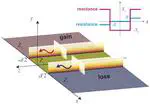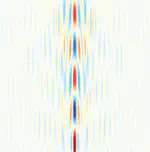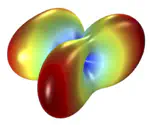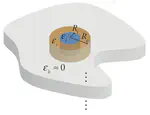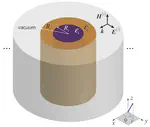NERO
Non-hERmitian Optics
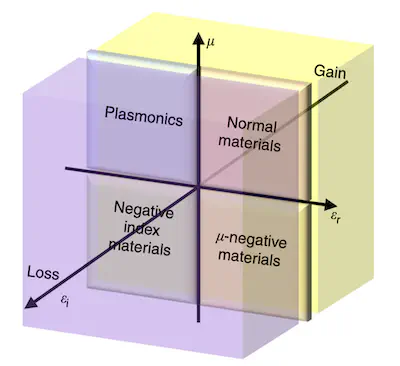
In photonics, losses are naturally considered a detrimental effect to be mitigated. Accordingly, materials featuring gain (e.g., semiconductors, dyes, quantum dots) are typically utilized to compensate for their inevitable presence, thereby realizing effectively lossless structures, and to possibly attain light amplification (e.g, laser effects). During the last decade, such conventional wisdom has been violently shaken by the emergence of new concepts and ideas originated in quantum physics, such as parity-time symmetry, which have sparked a growing interest in the physics of so called “non-Hermitian” systems.
In view of the well-known formal analogies, these non-Hermitian concepts can be translated to photonic structures by means of spatial modulation of loss and gain, which is becoming technologically viable at micro- and nano-scales. From the engineering viewpoint, thinking of losses in a “positive” fashion represents a paradigm shift that brings new inspirations in metamaterials engineering, by broadening the constitutive-parameter design space to the entire complex plane. This enables novel light-manipulation functionalities (e.g., unidirectional propagation, switching, single-mode lasing, robust interface states) with potentially disruptive impact in a wide variety of strategic applications.
In an ongoing series of investigations, we have been concerned with the study of field-manipulation effects based on non-Hermitian metamaterials. These include:
- Extension of the transformation-optics approach to complex-coordinate spaces;
- Gain-loss induced waveguiding and radiation mechanisms in volumetric and planar heterostructures;
- Scattering anomalies;
- Exceptional points;
- Spectral singularities;
- Extreme parameters;
- Non-Hermitian doping in epsilon-near-zero media.
These results pave the way toward intriguing developments in applications ranging from communications and computing to bio-sensing and nano-imaging.
Collaborations
- Prof. Nader Engheta, University of Pennsylvania, USA
- Prof. Andrea Alù, Advanced Science Research Center, City University of New York, USA
- Prof. Francesco Monticone, Cornell University, USA
- Prof. Filippo Capolino, University of California, Irvine, USA
- Prof. Antonio De Luca and Dr. Vincenzo Caligiuri, University of Calabria, Italy

